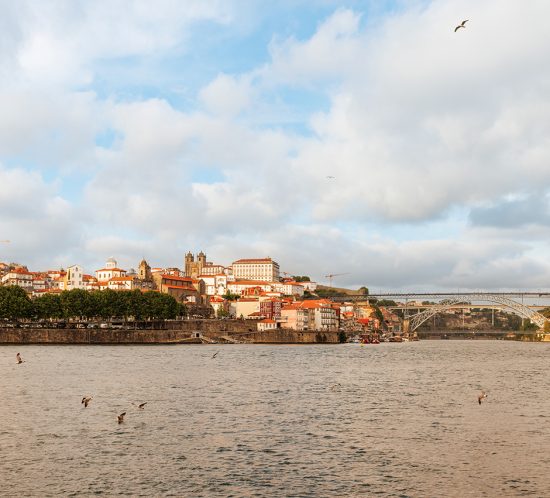Seeing orange
This summer’s must-see art exhibition celebrates youthful creativity and the power of interactive learning. We chat to the team behind The Orange Art Summer Exhibition (opening 8 December at Artscape’s Marble Foyer) and discover how Orange Art Project is introducing artmaking to foster families across the Cape.
Jill Trappler, in addition to your own art making you’ve been involved in community-based art projects throughout your career. How has your interest in art education led to your founding Orange Art Project (OAP)? From a young age I was part of skills sharing and interactive learning. On the family farm, we had an art studio, carpentry workshop, kiln, spinning wheels and looms (the wool was from local sheep and clay from the farm’s dam). We painted murals and pictures as a family. My mother taught art at a local school. My uncle was a painter and director of The Johannesburg Art Foundation. Subsequently, I worked in occupational therapy departments and clinics. The art workshops that grew from Thupelo and the studio communities that grew from The Bag Factory have all been part of my collective exchange in making paintings, sculptures and prints. – Jill Trappler, chairperson, OAP
What is the Orange Art Project and how did it come about? It is a non-profit company set up in 2020 in response to the Covid-19 shutdown. I became concerned about families in foster care at Home from Home (HFH), where my sister, Sue Bailie, is the Education Support Coordinator. (HFH is an NGO established in 2005 with the aim of providing support and supervised foster care to orphaned, abused, neglected and vulnerable children.) Sue and I decided to work via cell phone with a few of these families. I was soon able to ask other artists to join me in suggesting ideas for image making with more foster families. HFH assisted in delivering materials, while donors generously contributed to the costs of materials and airtime. The project has grown, and its model is successful in that everyone is enjoying upskilling in various ways – teaching skills, report writing, fundraising and, most of all, image making. – Jill Trappler
What are the objectives of the Orange Art Project? Primarily to introduce image making, arts and crafts to the foster families we work with. Many of these children and youth have had little to no prior interaction with art and creativity, as in many areas it sadly isn’t something that’s prioritised at school level. OAP believes in the power of coming together to create art and be creative. It is an educational support tool, a vehicle for social cohesion and interaction, and offers an alternate space for self-development. There is no prescription, intention, or direction other than to create a place of engagement where imagination can emerge. This is a simplified overview of our objectives; exchanging skills, encouraging ideas, learning skills in various media and sharing tools of how to see are added to this. – Jill Trappler
We invite practising artists to become mentors who facilitate the artmaking sessions on a weekly basis within each of the foster homes. These artists usually live in the area where the homes are situated, keeping transport costs affordable and giving the project a sense of community. The sessions are intended to gather the foster family into a creative space where each person has a sense of freedom to make and say and be themselves. Ages and skills differ, demanding attention and response from the mentors. – Lisa Truter, admin, OAP
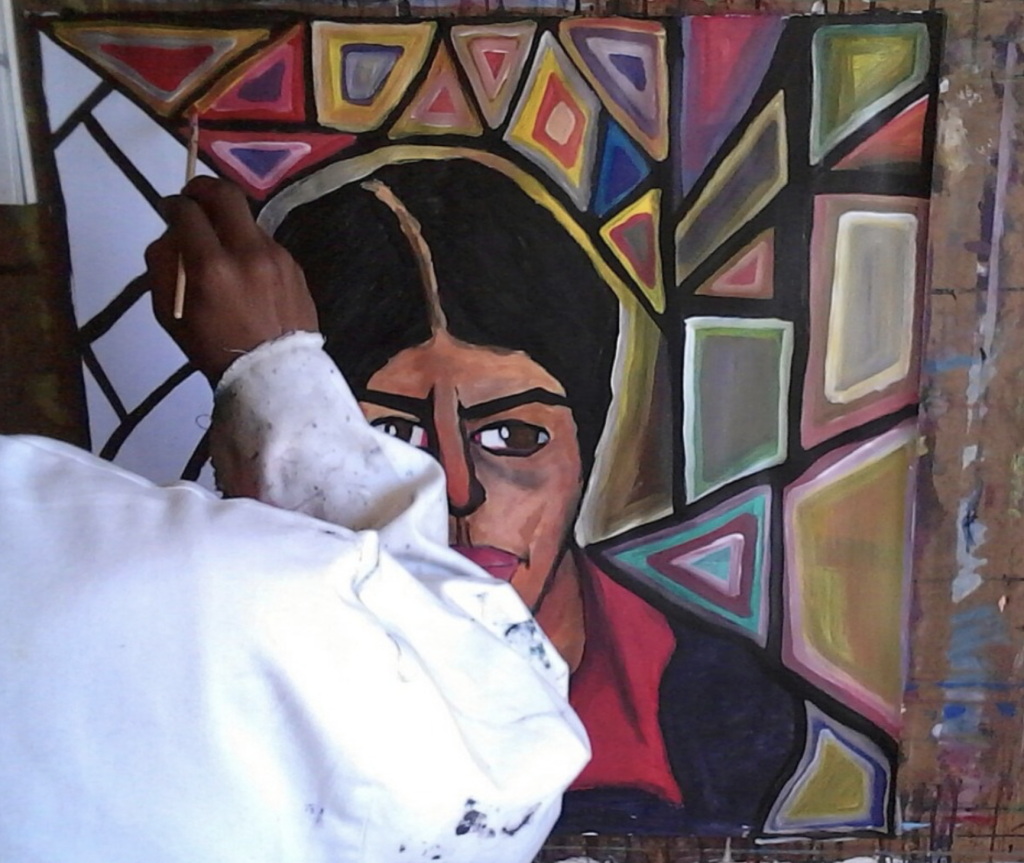
Sue, how are foster homes selected? Are all children from these homes welcome, or is there a selection process? OAP works within foster homes that fall under the care of Home from Home, in operation throughout the Cape. The selection of homes is based on appetite to participate from within the foster families; this desire has noticeably grown in recent years. Homes are included according to OAP’s ability to cover costs. – Sue Bailie, education support coordinator, Home From Home
How is the Orange Art Project funded? We have been fortunate to receive funding from the Presidential Employment Stimulus Programme (PESP), the National Arts Council (NAC), the National Lotteries Commission (NLC) and the City of Cape Town. We’ve also been supported by several corporate and individual donors who see the value and impact of our project. Our upcoming exhibition is sponsored by Artsauce and the Ruth Prowse School of Art. While Home from Home does not directly fund OAP, it has been invaluable in offering fundraising support and ensuring the sustainability of the project. – Jill Trappler
Is the project looking for additional funding or donations? If so, how can corporates and members of the public contribute? We are currently fundraising for our 2024 programme and appreciate any support that individuals or corporates can give; a little goes a long way at OAP! To give you an idea, R500 per month would sponsor weekly art lessons for one child, whereas R3 000 per month would sponsor lessons for an entire foster home. Interested donors may contact Celina on celina@orangeart.org to discuss sponsorship options and donations. – Lisa Truter

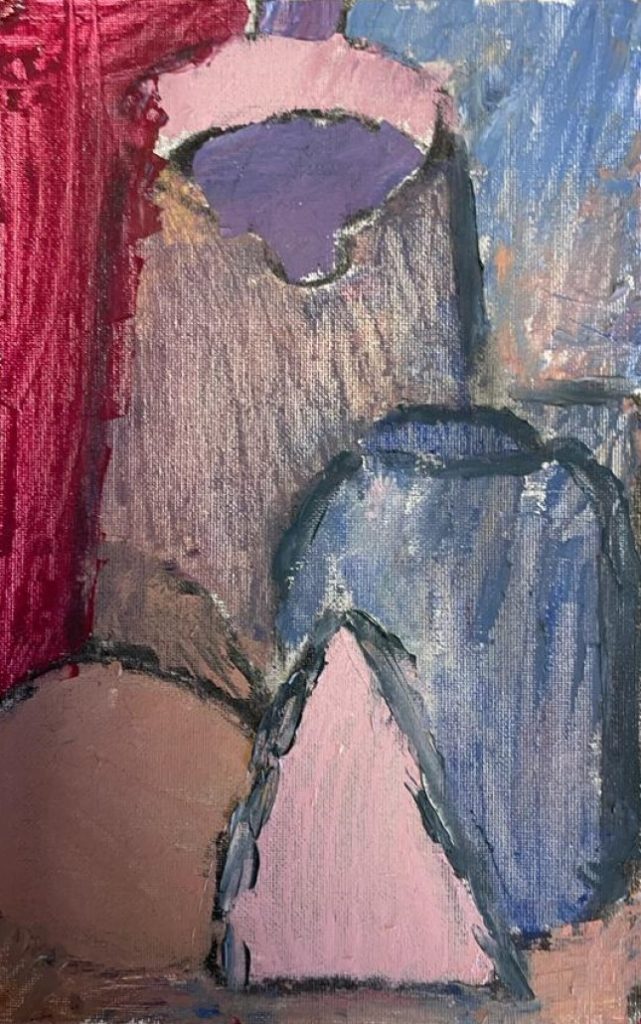
What have been some of OAP’s accomplishments and stand-out moments? Certainly, our first exhibition hosted in 2021 at Spin Street Gallery. The reception of this exhibition from both the public and participating children (for many of whom this was their first visit to a gallery) bolstered our objectives to see the project grow. Other highlights include some of our outings – we have visited artist Willie Bester’s studio, the Irma Stern Museum, Zeitz MOCAA, and Kirstenbosch. – Lisa Truter
What benefits does HFH and OAP hope participating children will gain from this introduction to the visual arts? HFH hopes the children will gain exposure to new ideas and opportunities, a space to express themselves freely through creativity and which provides an alternative to the demands of daily life, and a space where individual dreams for the future might be explored. – Sue Bailie
Our hopes are measured in qualitative rather than quantitative terms and as such can be difficult to quantify. Stories of increased engagement within lessons, increased interactions between children and their mentors, and increased confidence to take initiative to work creatively are all heartening. Our mentors submit monthly reports which outline the work they facilitated, with observations that help us keep track of these stories and outcomes. – Jill Trappler
The kids love the art programme. It helps them focus, and they also enjoy doing it. I can see them improving in their creativeness, and their knowledge about art is expanding with every session. – Foster mom from Ocean View
Working with the children has been a huge blessing. We all have different backgrounds, and I feel like I am learning from them. We have many conversations about life, and the direction they want for themselves – it is an honour to be part of their journey. – Xabiso Nobathana, mentor

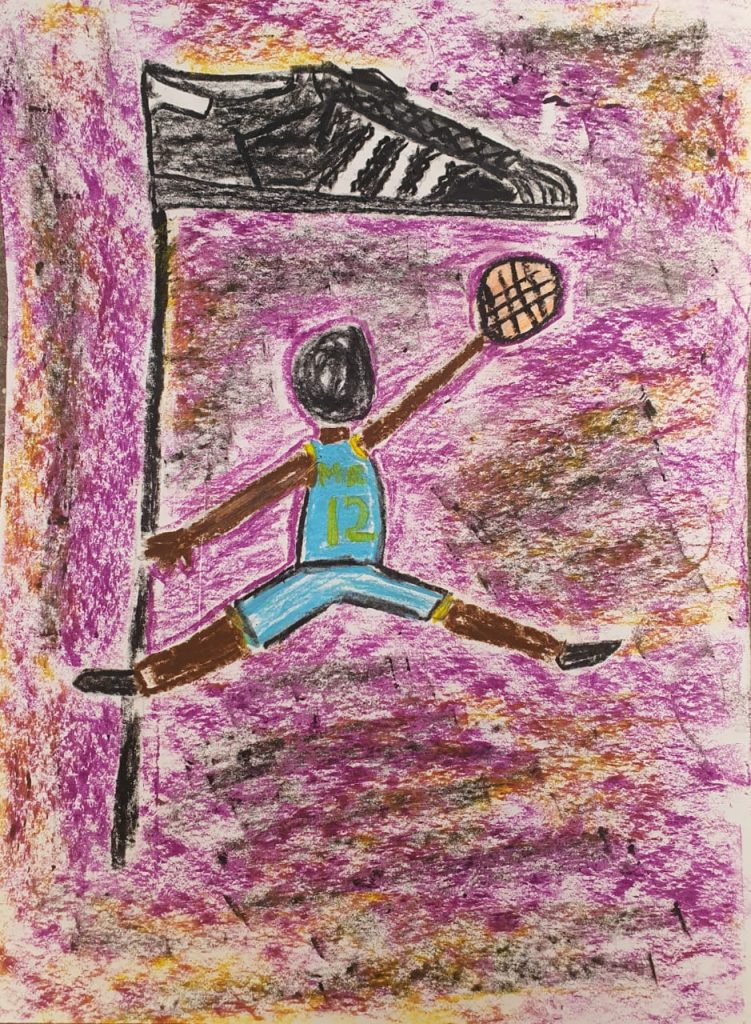
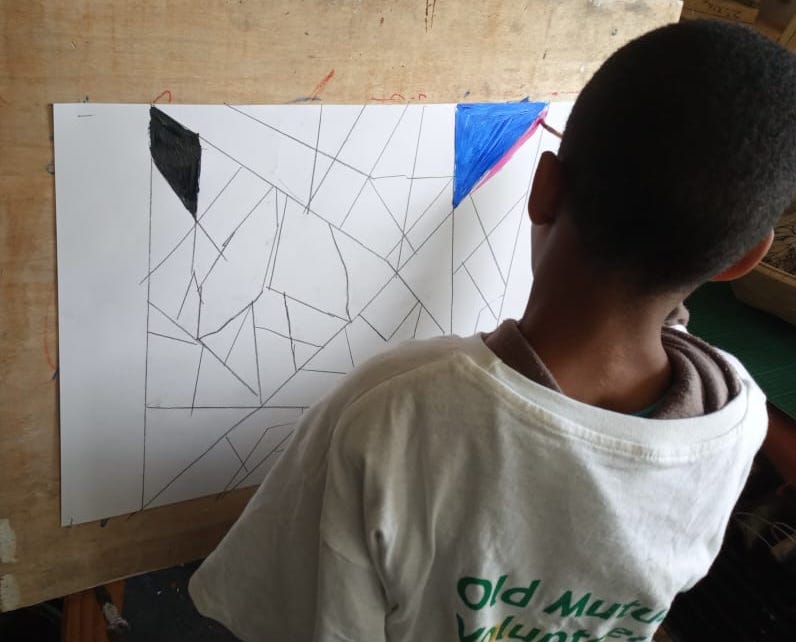

What are your criteria for selecting artist-mentors? We don’t have strict criteria. Our current mentors differ in their knowledge, skills and abilities and include a graphic designer, an experienced self-taught artist, a teacher and two Fine Arts graduates. The nine artists currently mentoring have a sense of the profound significance image making can have on foster families. A mentors’ WhatsApp group has become a learning centre for projects, examples of work and suggestions, and upskilling often happens through this exchange. Willingness to work within the OAP framework (which includes committing for a period, planning weekly, reporting back) is also a consideration. It is important that all mentors are making images themselves. – Jill Trappler
Are the lessons themed? Is there a curriculum which mentors follow or is it up to them to determine the content of lessons? All mentors follow their own path and read into what the foster families might need. I offer prompts – suggestions like portraiture, the environment, the body – and sometimes send images to mentors which they may use as starting points for lessons. – Jill Trappler
What can visitors to the exhibition expect to see, and will they be able to purchase artworks? Expect to see a colourful, diverse display of works across various media and subjects, created by children of all ages and abilities. Anyone interested in taking works home may contact Celina on celina@orangeart.org. Works can be exchanged for a donation which will be shared between the child who created the artwork, OAP and HFH. – Lisa Truter
The Orange Art Summer Exhibition will be opened by Western Cape Commissioner for Children, Christina Nomdo, at 3pm on Friday 8 December in Artscape’s Marble Foyer. Exhibition hours are from 8am until 10pm daily (except for public holidays), and it closes on Thursday 4 January 2024. Entry is free.







